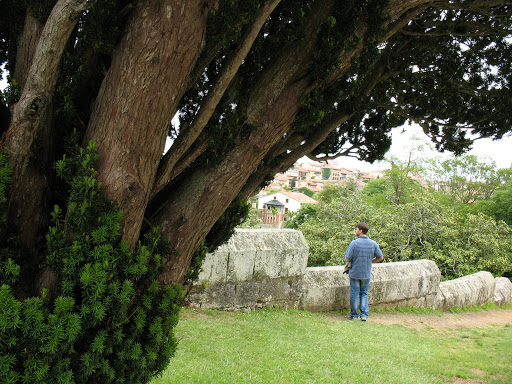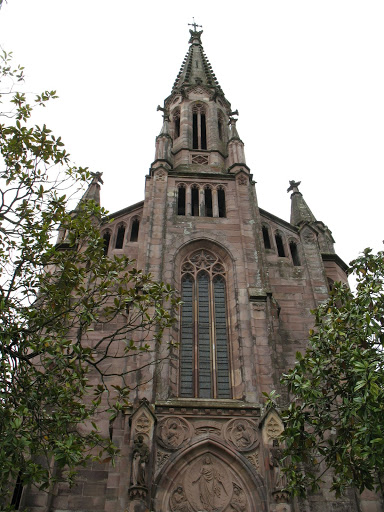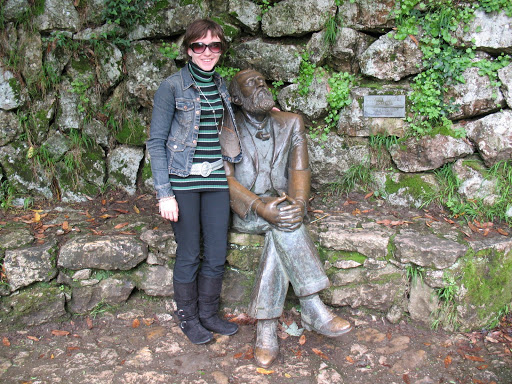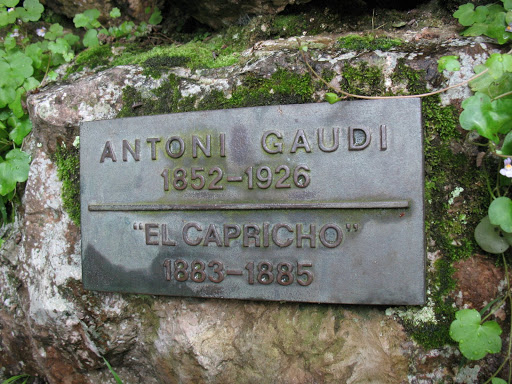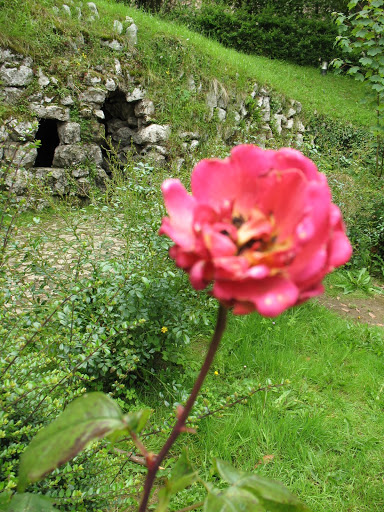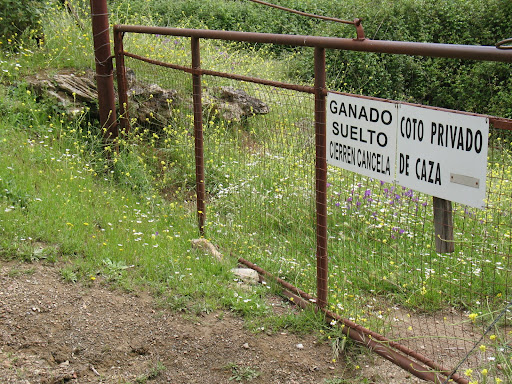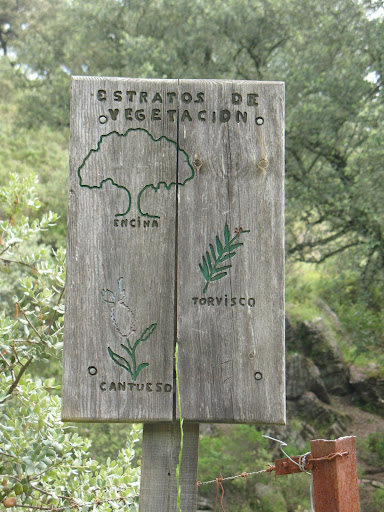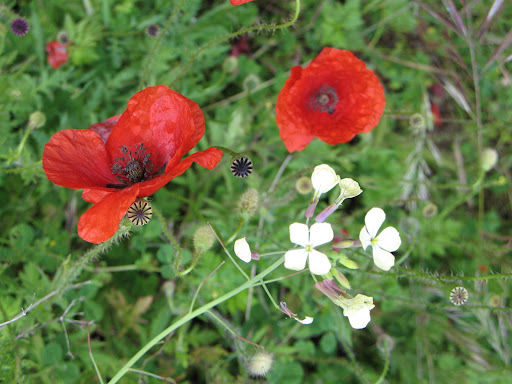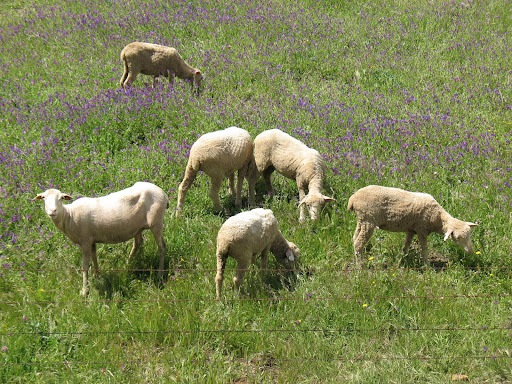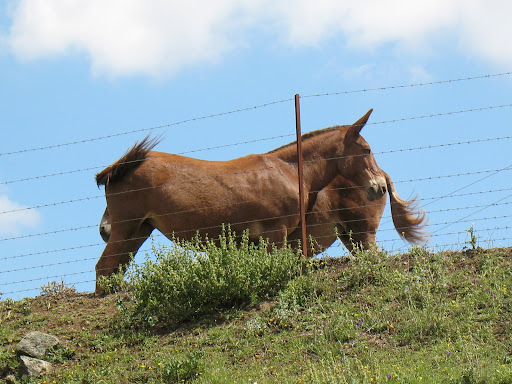

One of the great things in Spain is that if a holiday falls on a Tuesday or a Thursday, we make a “puente,” or a bridge, so that the days in between the holiday and the weekend are also taken as time off. Being that I only taught on Tuesdays and Thursdays this semester, sometimes that meant that I would have Wednesday through Monday off.
Such was the case for Corpus Christi. All in all, I had from the 21st until the 26th of May off, so Brian and I took advantage of Vueling’s direct flight to Bilbao, so we could see some of the Basque Country and neighboring Cantabria.
The first picture is our plane as they were loading the luggage in Sevilla. The latter is of our plane flying through the green countryside of the Basque Country as it was nearing the airport in Bilbao. It never ceases to amaze how much like night and day the north can be from the south!

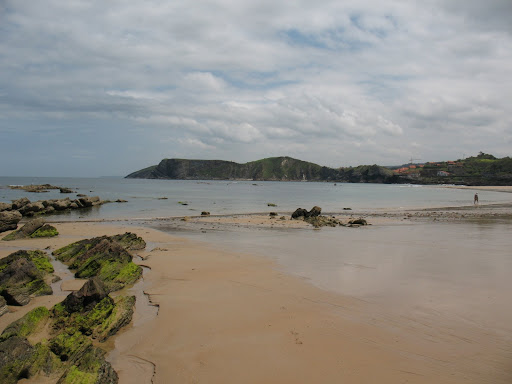






 Just before we had to walk back to catch the bus back to Santander, we took a nice leisurely stroll on the beach. It was far too cold to get in the water, so the beach wasn’t packed with sunbathers, which made for a relaxing walk on what felt like our own little private stretch of sand.
Just before we had to walk back to catch the bus back to Santander, we took a nice leisurely stroll on the beach. It was far too cold to get in the water, so the beach wasn’t packed with sunbathers, which made for a relaxing walk on what felt like our own little private stretch of sand.









